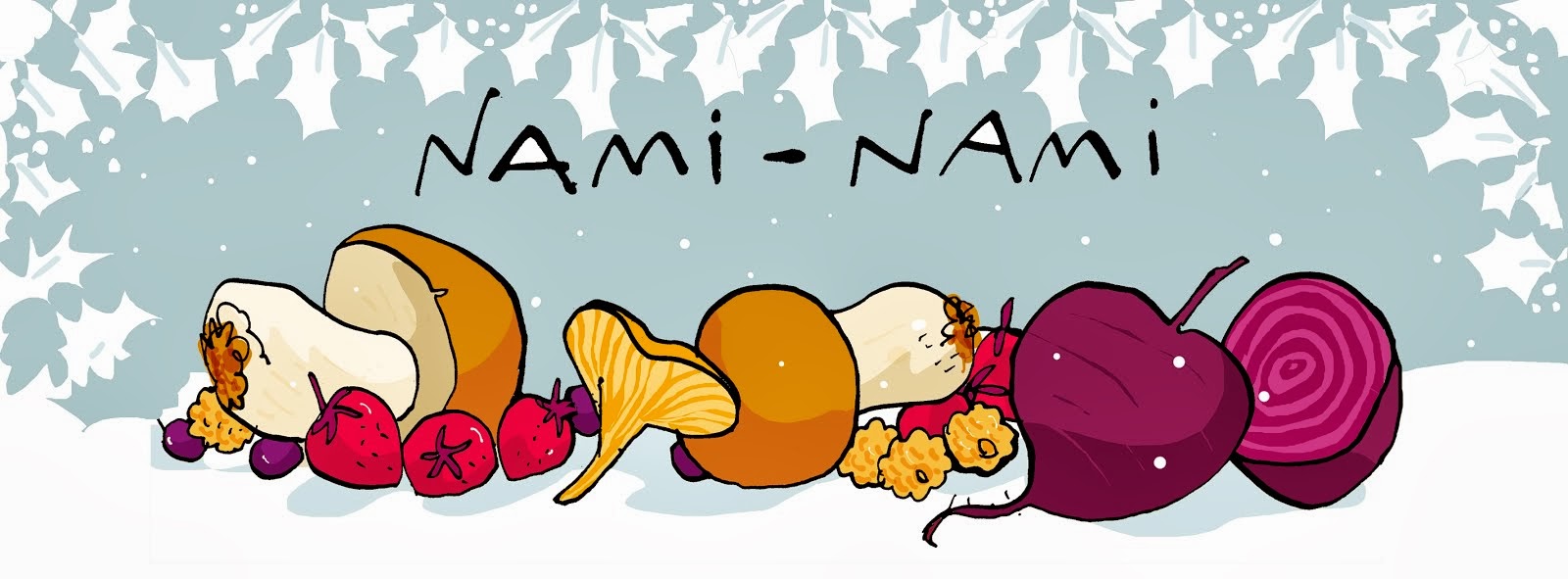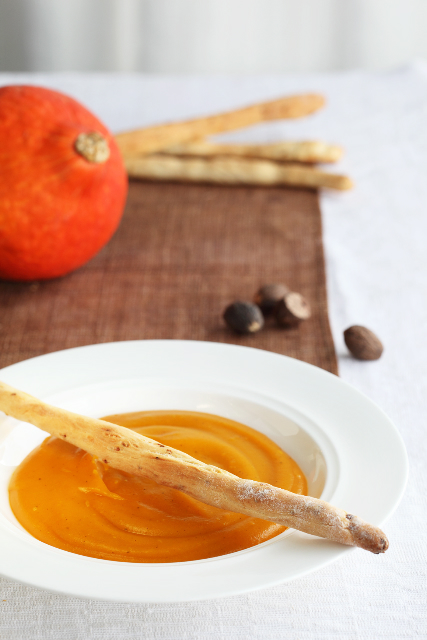
It's been a while since I took part at the Waiter there is something in my ... blog event, organised by Andrew, Johanna and Jeanne. This month's event is hosted by Jeanne, who has chosen the Cucurbitacae family as a theme, or if you want a more poetic title, For the Love of Gourd. I've been featuring quite a few pumpkin recipes recently on my blog - pumpkin and flowering quince jam, pumpkin and ginger jam, pumpkin and nutmeg soup, to name just the last three. But I wanted something more mainstream this time, so I baked a pumpkin and ginger loaf, or a teabread.
This pumpkin loaf is somewhat different, as it uses grated raw pumpkin instead of cooked pumpkin purée. It's a slightly modifying recipe from BBC Good Food (November 2002). When I baked it few weeks ago, I had run out of those delicious Buderim ginger nibbles that you can buy at Lakeland stores in the UK. If I had had them at the time, I would have certainly thrown in a generous handful of them, for sure..
Pumpkin Loaf with Ginger
(Sügisene kõrvitsakeeks ingveriga)
Serves 10
175 g butter, melted
140 g runny honey
1 large egg
250 g raw butternut squash or pumpkin, coarsely grated
100 g light muscovado sugar
350 g plain flour
2 tsp baking powder
1 Tbsp ground ginger
2 Tbsp demerara sugar
Mix melted butter, honey, whisked egg and grated pumpkin in a blow. Fold in the flour, baking powder and ground ginger.
Spoon the batter (it's quite heavy) into a buttered and lined loaf tin, sprinkle with demerara sugar.
Bake in the middle of 180 C/350 F oven for 50-60 minutes, until the cake is golden brown and nicely risen.
Cool in the tin for 5 minutes, then remove from the tin and cool completely on a metal rack.
Slice and serve with butter. Mmmm...












